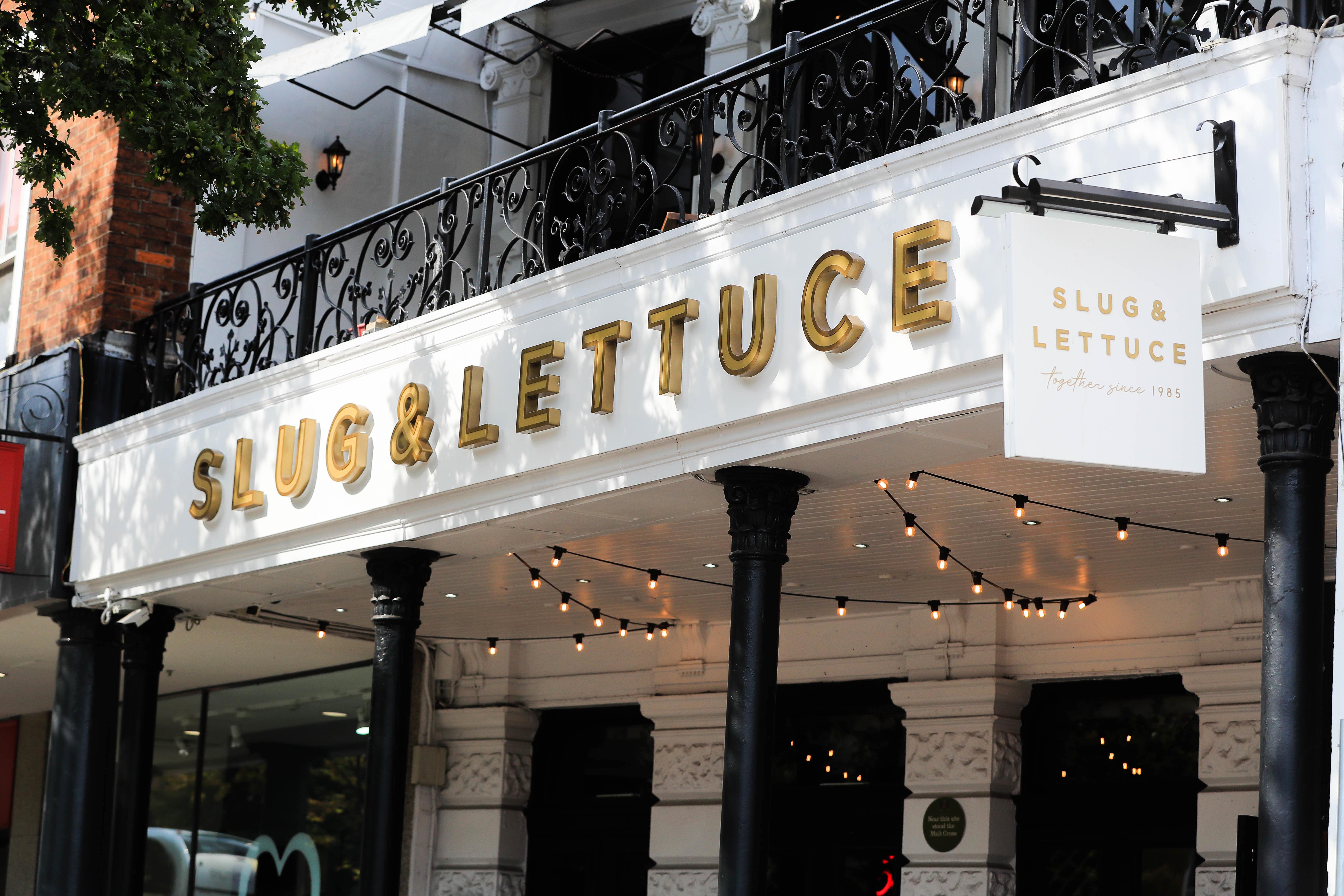New survey reveals extent of ‘surge pricing’ trend in UK
’Surge pricing’ means customers are charged higher prices when they need the item the most

Nearly half of consumers say retailers are increasing their prices at times of peak demand, according to a new survey.
The technique, known as “surge pricing”, sees retailers adjust their prices in response to supply and demand – meaning customers are charged higher prices when they need the item the most.
The survey, published by Barclays, revealed 47 per cent of respondents had noticed a growing trend of retailers using “surge pricing”, also referred to as “dynamic pricing”.
It comes as consumers grapple with a cost-of-living crisis, including high prices and interest rates at their highest level since 2008.
The use of “surge pricing” and “shrinkflation” – which is when retailers reduce the size of an item but maintain its price – has sparked consumer mistrust, according to Esme Harwood, director at Barclays.
“Eagle-eyed shoppers have spotted more examples of ‘surge pricing’ and ‘shrinkflation’ and are becoming sceptical about the value of supermarket loyalty schemes,” said Ms Harwood. “Consumers are also starting to pull back their spending in some nonessential areas so that they can put more money aside for the festive season.”
The poll also revealed that of the 47 per cent noticing “surge pricing”, 32 per cent have experienced pubs and bars raising the price of food and drink at peak times such as evenings, weekends and during major sports events.
It follows pub company Stonegate Group, which owns chains including Slug & Lettuce and Yates, confirming last month it will charge customers about 20p more for a pint of beer at some of its locations during the busiest periods to cover rising costs.
But while some pubs and bars may be charging more when trade is busier, just 8 per cent of consumers are willing to pay more to eat and drink out at popular times, the survey found.
Those who are happy to pay surge prices are prepared to spend an average of 70p more for a pint of beer and an extra 60p for a glass of wine.
Meanwhile, monthly Barclays spending data found that the Rugby World Cup helped to drive spending at pubs and bars up by 6.1 per cent on last year, yet growth slowed on restaurants and takeaways as consumers began to save money for the festive period.
Two in five Britons (40 per cent) expect this coming Christmas will be more expensive than last year, with 20 per cent buying presents already and 18 per cent speaking to loved ones to make a mutual agreement to cut back on gift-giving.
September’s sun contributed to a 4.2 per cent year-on-year increase in consumer card spending, significantly up on August’s 2.8 per cent.
Spending on nonessential items was up 4 per cent – slightly higher than August’s 2.8 per cent – as the warmer weather encouraged Britons to visit the high street and socialise with friends and family.
Spending on essential items grew 4.6 per cent, considerably higher than last month’s 1 per cent, largely due to a jump in fuel spending driven by rising petrol and diesel prices as well as a 7 per cent increase in spending on groceries.
Worryingly, growth sped up again in September, which could be an early warning sign that food prices may not come down as quickly as we’d hoped
The survey also revealed that Britons are questioning the value of supermarket loyalty schemes, with 67 per cent believing retailers inflate regular prices to make promotional prices look like a better deal than they really are.
The findings follow consumer group Which? warning that up to a third of loyalty offers at Tesco and Sainsbury’s are “not all they’re cracked up to be” as it urged the competition watchdog to investigate supermarket dual pricing.
Both Sainsbury’s and Tesco said Which? failed to take inflation into account when analysing prices and said they adhere to Trading Standards rules on promotions.
Some 40 per cent of shoppers have noticed supermarkets cutting the price of certain items, such as fruit and vegetables, bread and tinned food.
The proportion of consumers noticing examples of “shrinkflation” rose to 76 per cent in September from 71 per cent the month before, with chocolate remaining the most cited product affected by the trend.
Eagle-eyed shoppers have spotted more examples of 'surge pricing' and 'shrinkflation' and are becoming sceptical about the value of supermarket loyalty schemes
Some 59 per cent of shoppers have noticed that some products have changed their packaging in order to disguise the produce inside being smaller or weighing less, while 68 per cent believe supermarkets should put labels on products telling customers when they have shrunk in size or weight without the price falling.
Ms Harwood added: “Grocery spending tapered off over the summer, thanks to the long-awaited drop in food price inflation. Worryingly, growth sped up again in September, which could be an early warning sign that food prices may not come down as quickly as we’d hoped.
Opinium surveyed 2,000 UK consumers between September 22-26.


